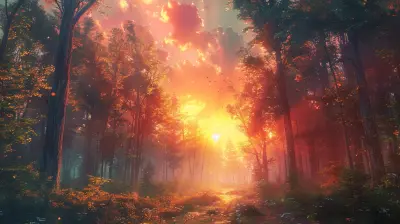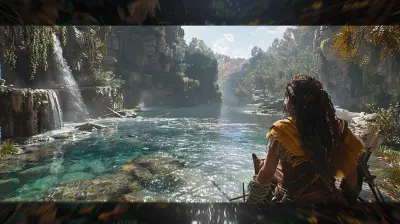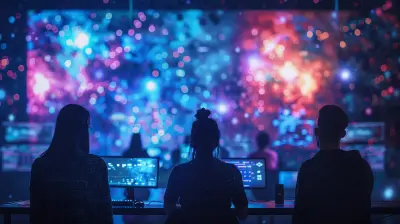The Evolution of Fighting Game Tournaments and Their Unique Culture
12 August 2025
Fighting games have always been about more than just flashy combos and knockouts. At their core, they’re a test of reflexes, strategy, and heart. But when you put some of the world’s best players in one room with roaring crowds and a prize on the line? That’s when things really get interesting.
So, how did this high-intensity scene evolve into what we know today? Let’s take a little time-travel journey into the world of fighting game tournaments and the unique, passionate culture that fuels them.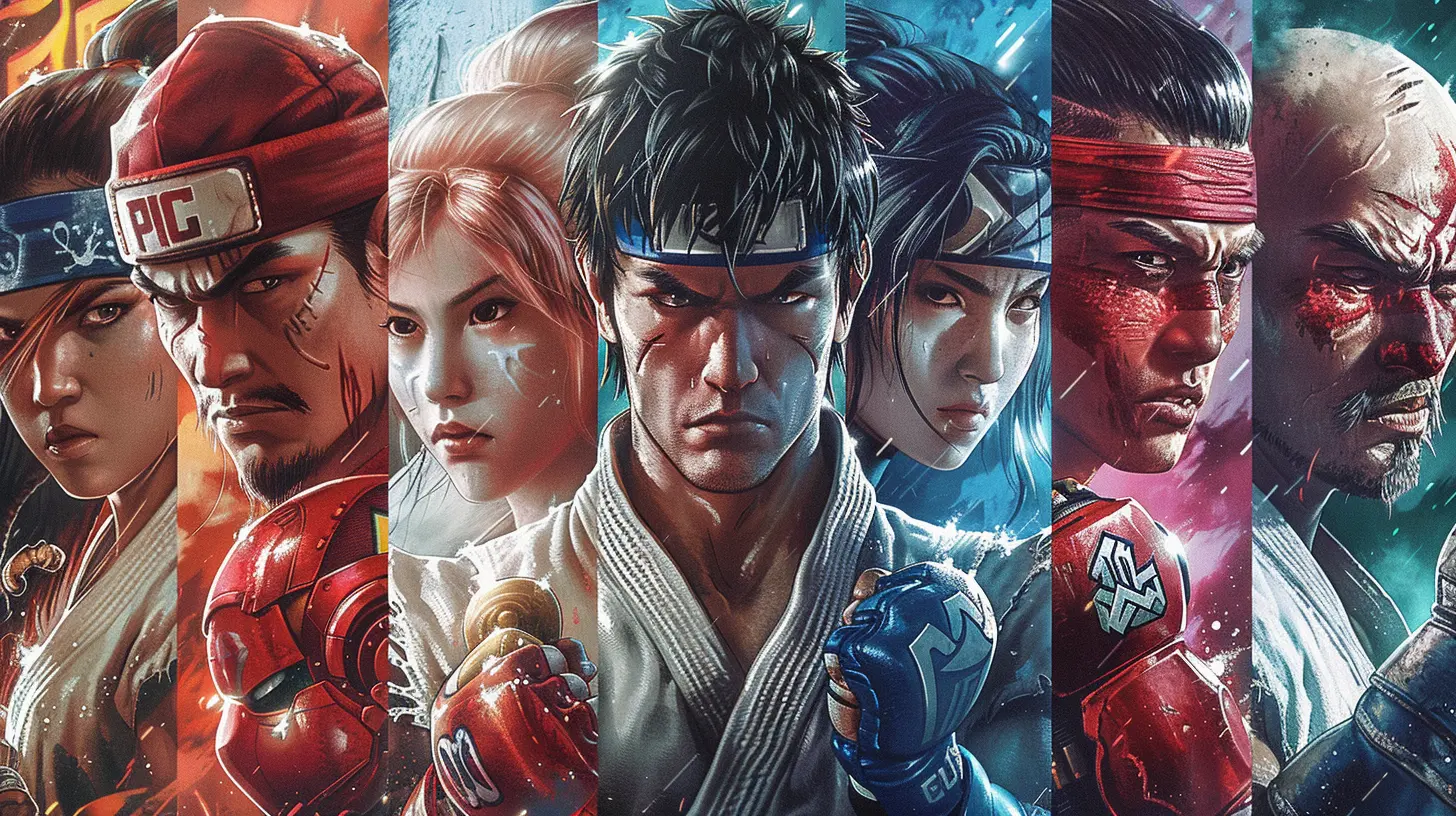
The Humble Beginnings – Coin-Op Battles and Local Legends
Let's rewind to the ‘80s and early ‘90s. Arcades were the place to be. Neon lights, joystick battles, and quarters lined up on the machine. That’s how early fighting game tournaments looked — informal showdowns among local players.Street Fighter II: The Spark That Lit the Fire
When Street Fighter II dropped in 1991, it changed everything. Suddenly, players weren’t just goofing around — they were mastering characters, inventing combos, and guarding their turf like gladiators. This was the birth of the competitive fighting game community.Back then, word of mouth and printed magazines were the only way players heard about tournaments. These events were small, but what they lacked in size, they more than made up for in passion.
The Code of the Arcade
There was an unspoken code among arcade players — win, and stay; lose, and give up your seat. Every button press counted. And the crowd? Oh, they were brutal. If you pulled off an epic combo, you were a legend. If you got bodied in 20 seconds? You’d never hear the end of it.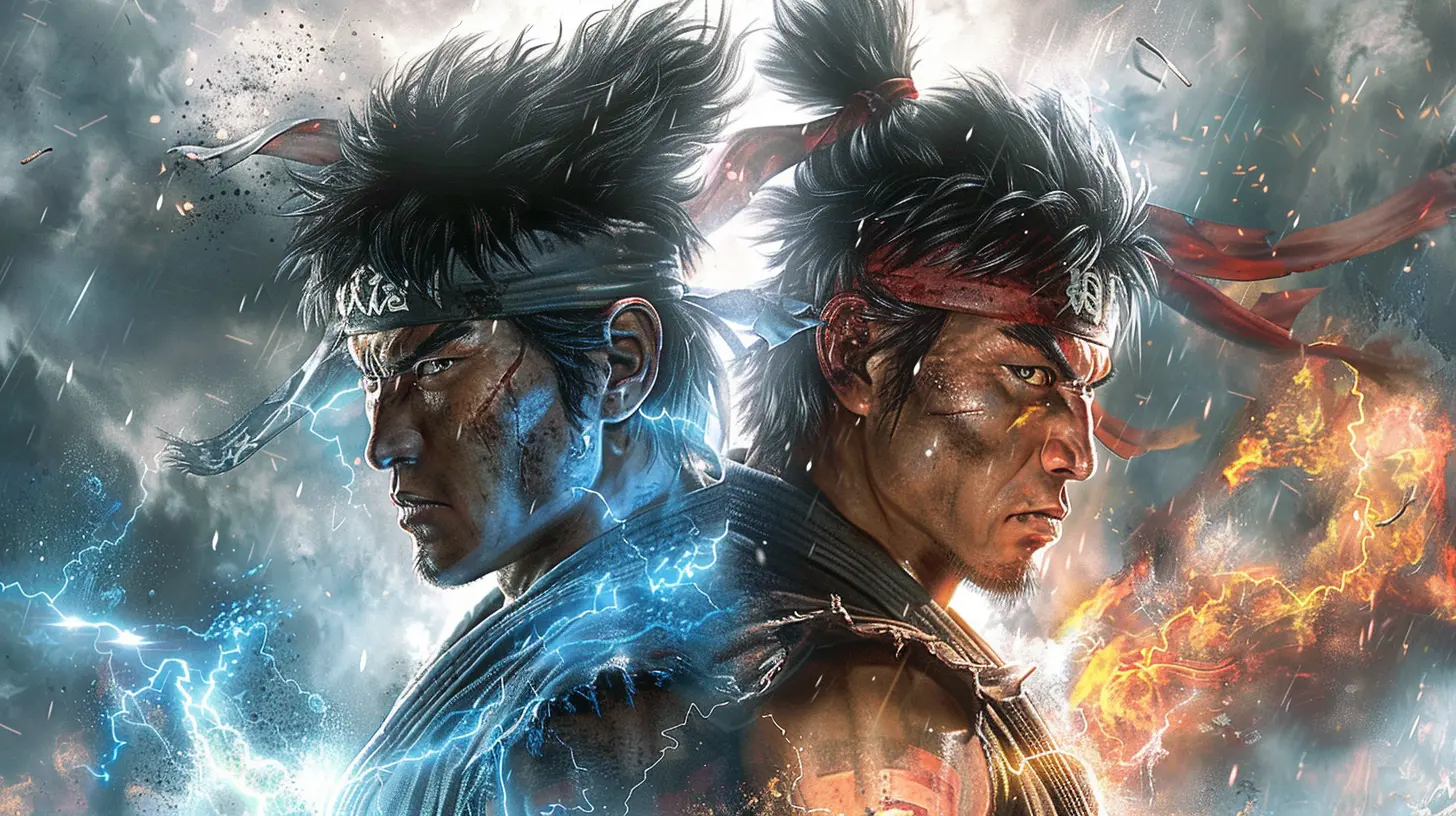
The Rise of Competitive Circuits – Welcome to EVO
As fighting games gained mainstream popularity, the community started organizing bigger, more consistent tournaments. By the late ‘90s, names like “Battle by the Bay” started popping up.EVO: The Crown Jewel of Fighting Games
“Battle by the Bay” would eventually evolve into EVO (Evolution Championship Series), the world’s biggest and most prestigious fighting game tournament. Founded by a group of passionate fans, EVO set the standard for what competitive fighting game events could look like.Held annually in Las Vegas, EVO brings together thousands of players from around the globe. It’s not just a tournament; it’s the event. Picture Super Bowl mixed with WrestleMania, but for fighting games.
And the hype? Absolutely electric. When a player pulls off a last-second comeback in front of a screaming crowd of thousands, it sends chills down your spine. EVO Moments like Daigo’s legendary parry against Justin Wong in Third Strike are forever etched in gaming history.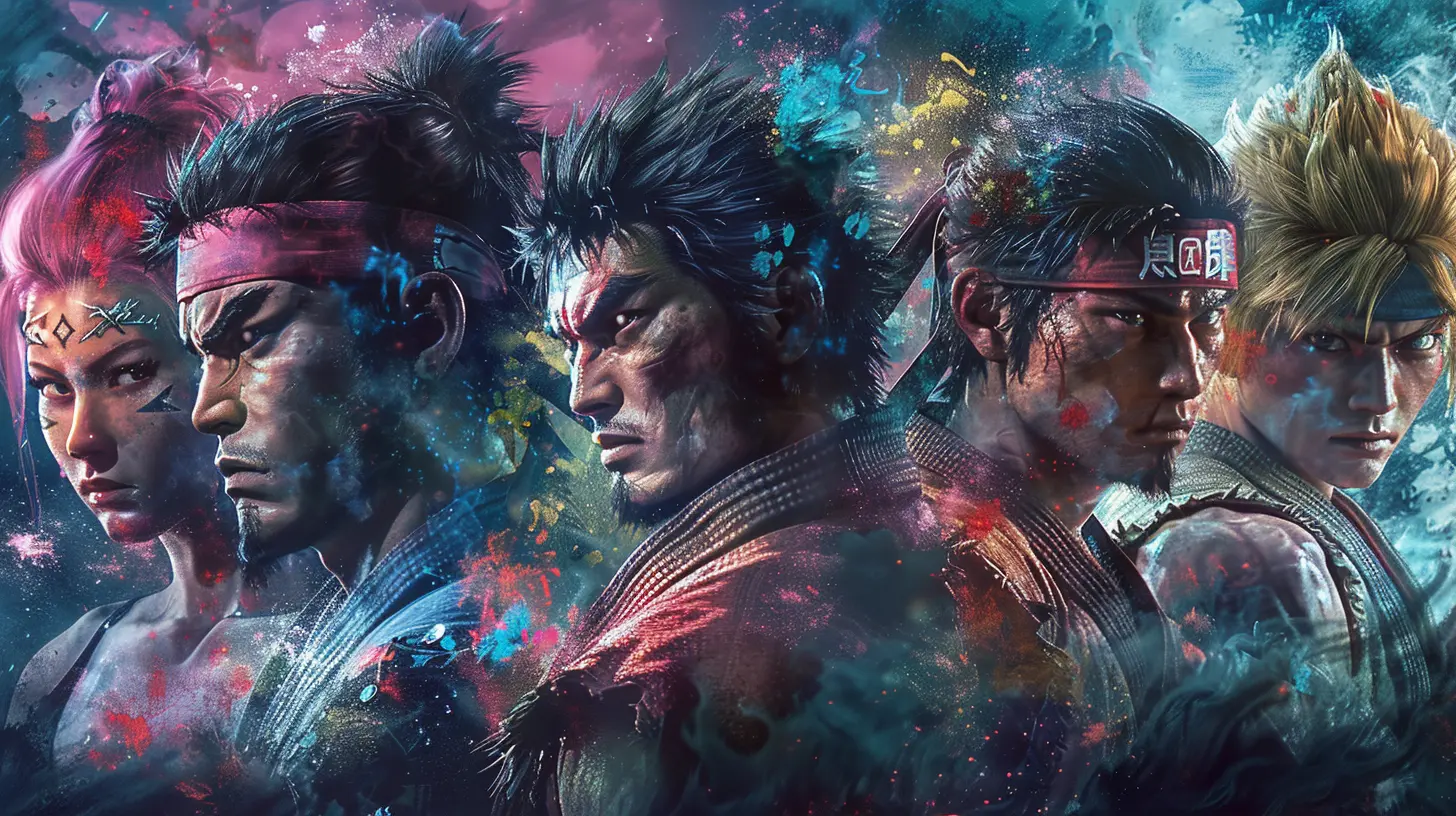
Global Expansion – More Than Just Vegas Baby
While EVO is the centerpiece, the fighting game community (FGC) isn't just a one-trick pony. Tournaments and scenes have popped up all around the world.Regional Scenes and Local Flavor
From Japan's arcades to Canada’s Northern Battles, to Nigeria's emerging FGC — every region brings its own flavor. Japanese players often emphasize precision and character mastery, while the U.S. scene leans into hype and unpredictability. Latin America, Europe, and Southeast Asia all pour their own spice into the mix.It’s like a fighting game melting pot, and that diversity keeps the community vibrant.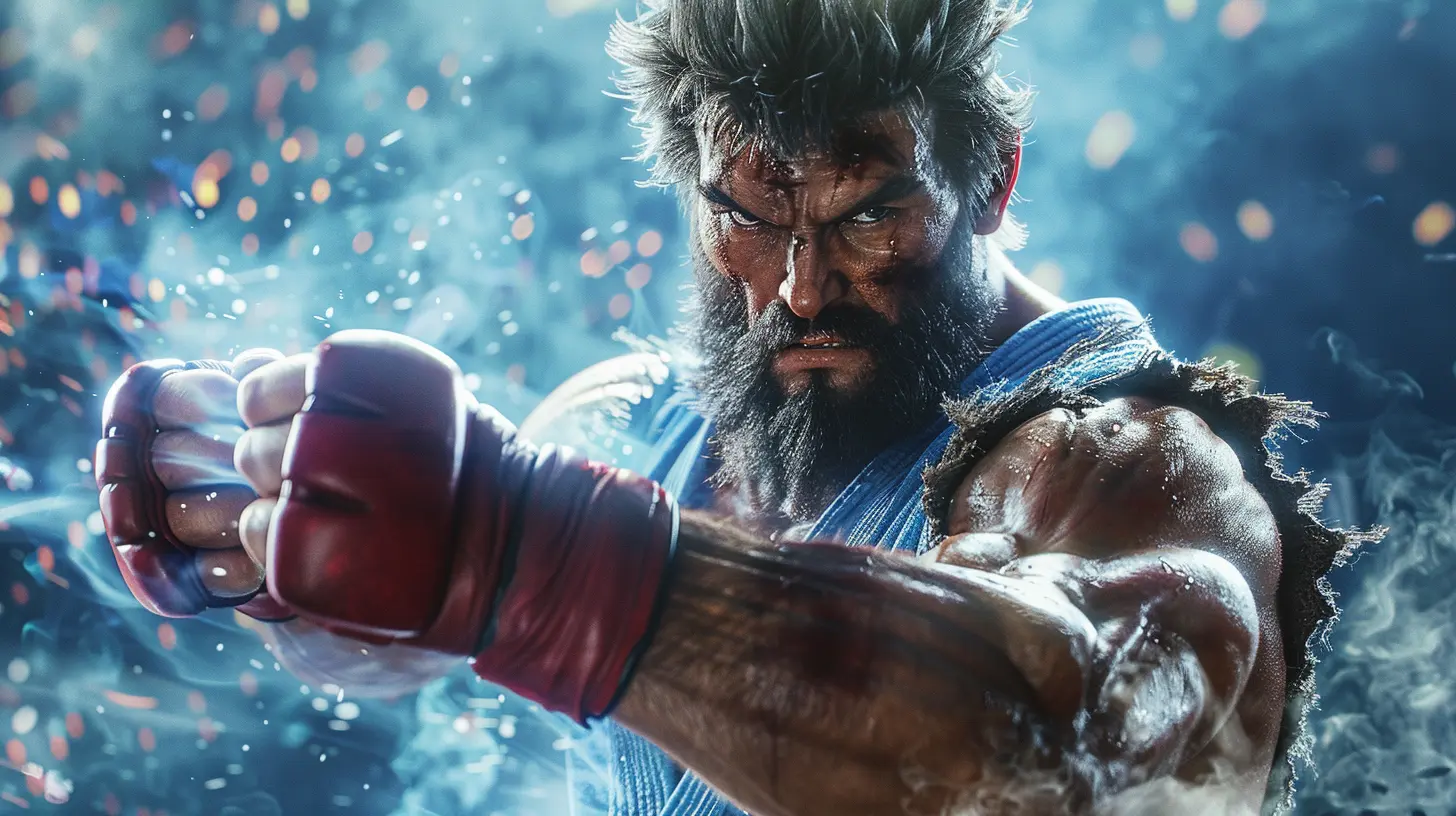
The Online Era – Fighting Games Go Digital
Fast-forward to today, and things look a little different.COVID Changed the Game (Literally)
When the pandemic hit, offline events came to a screeching halt. But the FGC adapted. Quickly. Online tournaments took center stage, Discord servers exploded in popularity, and developers started putting more effort into online netcode.Rollback netcode — a tech solution to reduce lag — became the new hot topic. Games like Guilty Gear Strive and Skullgirls embraced it, bringing smoother online play and making international matchups more viable.
No, online can’t quite replicate the feel of an in-person crowd, but it created a global stage that’s more accessible than ever. Players who never had local scenes suddenly had a shot.
The Soul of the Scene – FGC Culture
Now here’s where things get spicy. The FGC isn’t just about the matches — it’s about the people, the memes, the rivalries, and the stories that unfold.Trash Talk and Pop-Offs: The Hype is Real
Let’s face it, the FGC is loud. Players shout, dance, and occasionally slam their sticks when they win. The energy is raw, and that’s what makes it so addicting.Nowhere else do you see players getting so hyped. It's all part of the charm. Some moments become iconic, like a perfectly timed pop-off or a friendly rivalry turning into a full-blown set that goes down to the wire.
Grassroots Power
Unlike bigger esports with corporate polish, the FGC is fiercely grassroots. Most tournaments are run by passionate fans — TOs (Tournament Organizers) who hustle and grind without multi-million dollar budgets.This gives the community a DIY, punk-rock spirit. There’s less red tape, more passion. It’s less about clout, more about heart.
Inclusivity and Diversity
Over the years, the FGC has worked hard to grow more inclusive. You’ll find players from every walk of life, every corner of the world. While the road hasn’t been perfect, new initiatives and community efforts continue to make the space safer and more welcoming for everyone.Esports Integration – The Pro Fighting Game Dream
With games like Mortal Kombat, Tekken, and Street Fighter boasting sales in the millions, it’s no surprise that esports orgs started paying attention.Capcom Pro Tour, Tekken World Tour, and Beyond
Capcom, Bandai Namco, and others now host official competitive circuits. Players compete in multiple countries for points, prizes, and prestige. It’s great exposure for the scene and gives players a path toward sustainable careers.But the FGC is still wary of going “too corporate.” The community loves its freedom — and its spicy personality.
The Tech Behind The Tournaments
You ever wondered what it takes to run a major fighting game tourney? It’s more than just plugging in consoles and yelling “FIGHT!”Brackets, Streams, and Setups
Tournaments use platforms like Challonge or Smash.gg to manage brackets. Stream setups have become incredibly professional — multiple cameras, commentary desks, and instant replays. You might be watching a basement in Texas, but it feels like ESPN.And let’s not forget the arcade sticks. Players customize them like sports cars — different buttons, layouts, even LED lights. Your stick says a lot about you.
What Keeps the FGC Thriving?
So what is it about this scene that keeps people coming back? Simple.It’s Personal
In team-based games, you can hide a bad performance behind your squad. But in fighting games? It’s you vs. them. Every win is yours. Every loss stings. It’s raw, honest, and addictive.It’s Spectator Gold
Even if you’ve never played before, it’s easy to follow a match. Health bars, cool moves, someone yelling “Let’s go!” — you’re in.And remember, every major has its Cinderella stories, villains, heroes, and upsets. It’s a soap opera with combos.
Looking Ahead – What’s Next for Fighting Game Tournaments?
The future looks bright (and brutal).Next-Gen Games, Next-Level Competitions
With titles like Street Fighter 6, Tekken 8, and Project L (Riot’s fighting game) coming soon, the horizon is packed. These games are built with both competitive and casual players in mind, with features that support tournaments right out the gate.More Women and NB Players in the Scene
Representation is improving. More women, non-binary players, and folks from underrepresented backgrounds are not just showing up — they’re winning. That should be celebrated, amplified, and continued.The Offline Comeback
As live events return, you better believe the FGC is hungry for it. Nothing beats the pulse of a live crowd losing it over a perfect KO.Final Thoughts
Fighting game tournaments aren’t just about who wins or loses. They’re about connection — bringing people together over a shared love of battling it out, pixel by pixel. Whether you're a casual fan or a frame data nerd, there's a place for you in this wild, passionate culture.So next time someone asks you what makes the FGC special? You can hit them with this: “It’s heart. It’s hype. It’s home.
all images in this post were generated using AI tools
Category:
TournamentsAuthor:

Lucy Ross
Discussion
rate this article
1 comments
Kevin Barnes
Fighting game tournaments have transformed into vibrant showcases of skill and passion. Embrace the chaos, the rivalries, and the community—this is where legends are born and champions rise!
September 2, 2025 at 3:57 PM

Lucy Ross
Absolutely! The evolution of fighting game tournaments has indeed fostered a dynamic community, celebrating rivalries and showcasing exceptional talent. It's a thrilling environment where legends are made!
